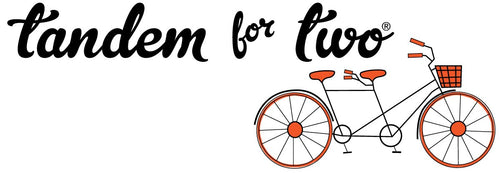Artificial intelligence and the art world have been on a collision course for a while now, but OpenAI’s latest image-generation tool has ignited a fresh wave of debate—this time centered around a very beloved animation style.
OpenAI’s Ghibli-Style Image Surge
On Tuesday, OpenAI rolled out a powerful new image-generation feature for ChatGPT’s paid tiers, allowing users to create photorealistic and highly stylized images with simple text prompts. It wasn’t long before the internet flooded with images rendered in the iconic Studio Ghibli style—so much so that OpenAI’s computing resources struggled to keep up. CEO Sam Altman even joked on X that the overwhelming demand was causing their GPUs to “melt.”
Among the images making waves: whimsical, painterly versions of classic memes, Ghibli-fied family portraits, and even Altman changed his X profile picture to an AI-generated Ghibli-style image of himself.
Is This Even Allowed?
The legal and ethical implications of AI-generated art have been murky at best, but OpenAI’s approach raises an interesting question: Is it okay to imitate the signature style of an animation studio?
According to OpenAI, the company refuses to allow AI-generated works to mimic the style of living individual artists, but it does permit broader “studio styles.” That means Studio Ghibli’s signature aesthetic—a delicate balance of hand-drawn warmth and dreamlike fantasy—was fair game. However, this distinction is debatable, considering that Ghibli’s signature look is largely shaped by the artistic vision of its founder, Hayao Miyazaki—who is very much alive and very much opposed to AI-generated animation. In 2016, Miyazaki famously condemned AI-generated animation as “an insult to life itself.”
The Copyright Storm Continues
The controversy comes at a time when OpenAI is already under legal scrutiny. Just this week, a federal judge ruled that The New York Times and other publications could proceed with their lawsuit against OpenAI and Microsoft, alleging that the companies illegally scraped copyrighted content to train their AI models.
With AI pushing the boundaries of creativity, ethics, and copyright law, the Ghibli-style image generation frenzy is yet another flashpoint in an ongoing battle between technology and traditional artistry. While AI-generated art offers exciting new creative possibilities, it also raises pressing questions about authorship, artistic integrity, and the limits of imitation.
What’s Next?
As AI art tools become more advanced, expect more discussions—and likely more legal battles—over where the line should be drawn between inspiration and imitation. In the meantime, it’s worth considering: If even Hayao Miyazaki himself sees AI-generated art as an affront to creativity, should the industry be more cautious about how it uses these tools?
What do you think—should AI be allowed to mimic studio styles, or does this cross an ethical line?


